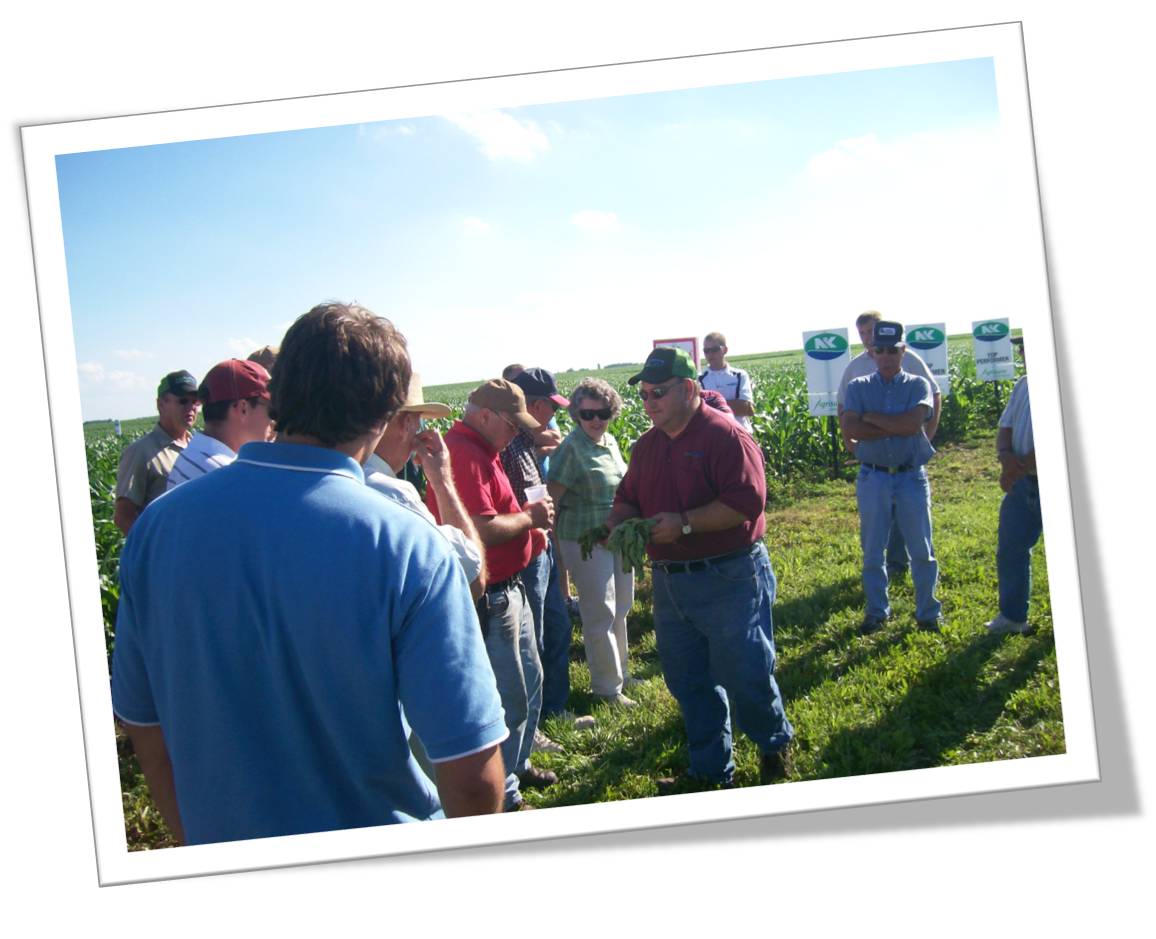
For the past two months I’ve been interning for the Nelson Lab in the Plant Pathology Department at Cornell. Our main objective as a lab is to understand the genetic basis of disease resistance in maize, with goals to reduce losses by breeding genetic resistance into maize. Our lab is only one of many with these same objectives and we collaborate with many others around the US and the World.
My job as an intern has required a very steep learning curve. I knew very little of genetics despite having taken Plant Genetics here at Cornell. No class can ever prepare you for the real thing. I was immediately thrown into PCR’s, Gels, and DNA extractions. The lab members were super cooperative and very willing to teach me how to perform these jobs in an efficient manner.
One of the greatest aspects about interning for the Nelson Lab is the involvement. By the end of the summer I will have been exposed to every aspect of running a research trial. We began by shelling the corn, bagging it, packing it, labeling it, bar-coding it, taking inventory, storing it, repacking it, planting it, and growing the corn.

Now that the corn is really taking off we have begun inoculating much of it with Northern Corn Leaf Blight, or Exserohilum turcicum. NLB is our primary focus this year and as an intern I have had the privilege of working with one of the Pathologists in the lab to culture over 400 Petri plates for our spore suspension and over 85 gallon jugs of sorghum inoculum.

The past two weeks have been occupied by stooping over 9 acres of little corn plants pipetting spore suspension and placing sorghum kernels covered in spores into the whorls. It may seem a tedious job, but we must infect the corn plants to quantify the resistance within the different varieties of corn. After only a few days we have already noticed flecking, which are the beginning of lesions, in the more susceptible lines. Soon we should notice a more drastic spread and true lesions developing.




